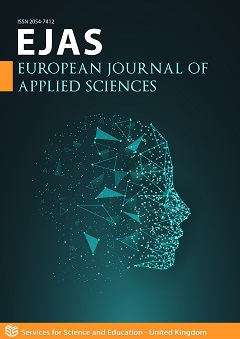Mineral elements analysis using the EDX device and the similarity using the scanning electron microscope for Juncus acutus and Juncus subulatus
Comparison of the two species Juncus acutus L. Subsp. acutus and Juncus subulatus Forsk at Al-Jabal Al-Akhdar-Libya
DOI:
https://doi.org/10.14738/aivp.92.9806Keywords:
Juncaceae; Juncus acutus; Juncus subulatus; Scanning Electron Microscopy (SEM); Anatomy; Cross-section-stems-roots; Seed coat; Mineral elements; Energy Dispersive X-Ray Analysis (EDX).Abstract
Two species of wild of Juncus were studied, the reasons for chosen Juncaceae family are ecologically important. The aim of this study was for formulating the taxonomy of wild species Juncus acutus L. Subsp. acutus and J. subulatus Forsk. In Libya in Jarjar-oma area at Al-Jabal Al-Akhdar. The findings indicated variations in the seed coat the decorative is one of the distinct taxonomic traits, which can be used to distinguish between the species. The periclinal wall was smooth with fine folded, the epidermal cell shape was irregular in seed of J.acutus. While, seed with reticulated, the anticlinal cell wall boundaries, including scars and slightly raised are channelled in seed of J. subulatus. Scanning electron micrographs (SEM) showing the differences between sclerenchyma cells and vascular bundles in the stems and roots between the two species. Vascular bundles in the stem of J.acutus are scattered, the stem is vacuoles. While, vascular bundles are only in subepidemal layer, meristematic stem where cells have no or only small vacuoles in J.subulatus. The rhizodermis root is relatively short, exodermis with 2-3 layers with large cells, the cortical parenchyma was thick in first species. While, the rhizodermis root is long and extensive, exodermiswith 1-3 layers, the cortical parenchyma unthick in a second species. Analysis of the elements content (EDX), in the shoot of each species. Average nitrogen, potassium, magnesium and silicon are higher in J. acutus compared to J.subulatus. Sodium and chlorine content observed significant increased in J.subulatus. The Juncus selected because of their considerable salt-resistant. The EDX technology was used to find the nutritional value of Juncus as a fodder crop.






